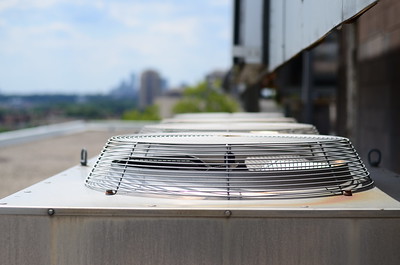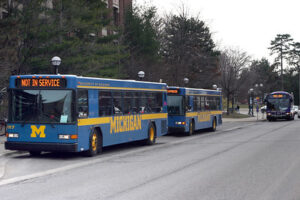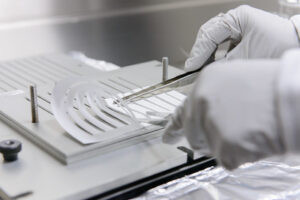Over the past year, WCC has made (or will make) significant upgrades to the campus HVAC systems. The pandemic has prioritized the air handling upgrades and the improvements should help diminish the risk of contracting airborne illness. That’s great news.
What’s not great news is that the campus HVAC systems in the campus buildings have been end-of-life or badly out of date for years or decades. (Yes, decades.) It took a global pandemic to nudge the WCC Administration into taking action to fix something that should have been fixed years earlier.
Out-of-date campus HVAC systems have a lot of downsides. They’re expensive to operate and maintain. As time goes on, it gets harder to find replacement parts. They’re horribly inefficient. As the pandemic has shown, they can be hazardous to the health of building occupants. And not just because they circulate airborne illnesses. They also fail to clear rising levels of carbon dioxide in enclosed, occupied spaces.
There’s not a heating and cooling professional around that can’t recite the litany of dangers that CO2 presents. In poorly ventilated spaces that also have high occupancy, the levels of CO2 rise as a by-product of respiration. CO2 traps heat and reduces indoor air quality. In the winter, buildings can be too hot. In the summer, the increased temperatures can cause the HVAC system to work overtime. That, of course, increases the operating cost of the system.
Updating the HVAC systems in the buildings on campus should have been a no-brainer. It should have happened years ago. It’s one of those investments that actually reduces costs. Unlike the Health and Fitness Center (or another Vice President), replacing derelict campus HVAC systems can, in fact, pay for themselves, through reduced operating costs.
Replacing campus HVAC systems shouldn’t require a pandemic
But it shouldn’t take a pandemic to get the WCC Administration to take action. It shouldn’t take an infusion of government cash to get the WCC Administration to move. WCC collects a lot of money from the Washtenaw County tax base every year. In fact, residents and commercial entities have sent nearly $300 million to WCC in the last five years.
WCC is well-funded, but the Administration redirects the funding that should have been spent on building maintenance to other things. Those other things aren’t more important that proper building maintenance. The Administration diverts operating dollars to pay the bonds issued for the Health and Fitness Center. They also reduce the number of available dollars for building maintenance when they increase the administrative payroll.
As taxpayers, we rely on the Board of Trustees to ensure that our investment in WCC is well-protected. But when they sign off on all these spending diversions, don’t ask questions and make no meaningful demands of the WCC Administration, they’re simply not doing what they were elected to do.
Photo Credit: defkreationz , via Flickr



































